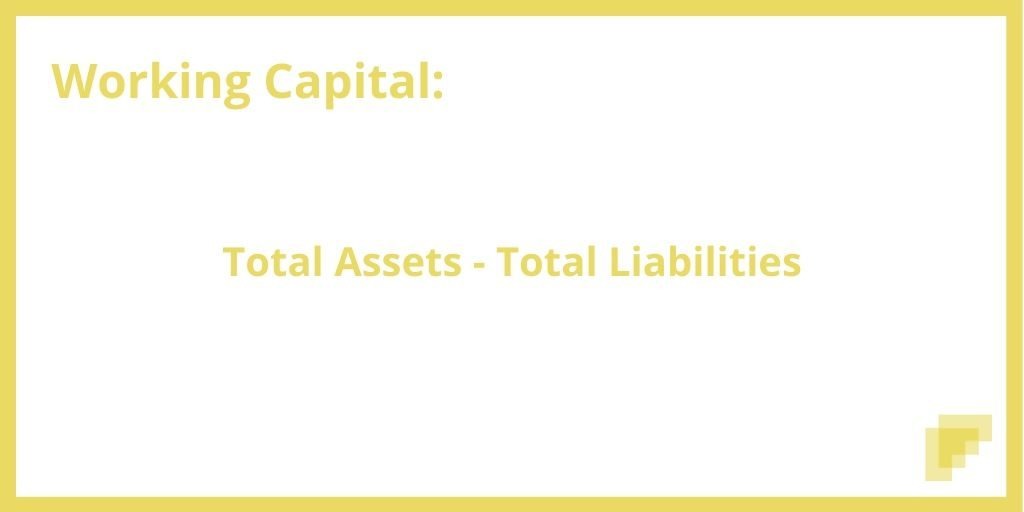

It means each dollar invested in working capital has contributed 2.14 towards total sales revenue. If the ratio is low, a company may not have enough capital to support its sales growth. The working capital turnover ratio of Exide company is 2.14. It tells how well a company is using its current assets and liabilities to produce a set amount of sales. Efforts to streamline the operations of the company will often show favorably in this ratio. Example of Working Capital Turnover Say that Company A has 12 million in net sales over the previous 12 months. Working capital turnover ratio is a useful metric in financial planning. Working Capital is calculated by subtracting total liabilities for total assets.


Either the company has been able to gain more Net Sales with the same or smaller amount of Working Capital, or it has been able to reduce its Working Capital while being able to maintain its sales. The Working Capital Turnover Ratio is calculated by dividing the company's net annual sales by its average working capital. Importance of Working Capital TurnoverĪ high, or increasing Working Capital Turnover is usually a positive sign, showing the company is better able to generate sales from its Working Capital. With two similar ratios using slightly different methods to compute Working Capital, plotting both of these ratios together to see their differences would be wise. We chose to interchange the usual components of Working Capital ( Total Current Assets – Total Current Liabilities) with an alternate method (shown above). Note that another ratio exists, the Sales to Working Capital Ratio also measures Net Sales to Working Capital. Working Capital Turnover Ratio Net Sales/Working Capital 1,50,000/50,000 3/1 or 3:1 or 3 Times This shows that for every 1 unit of working capital employed, the business generated 3 units of net sales. The Working Capital Turnover ratio measures the company’s Net Sales from the Working Capital generated.


 0 kommentar(er)
0 kommentar(er)
